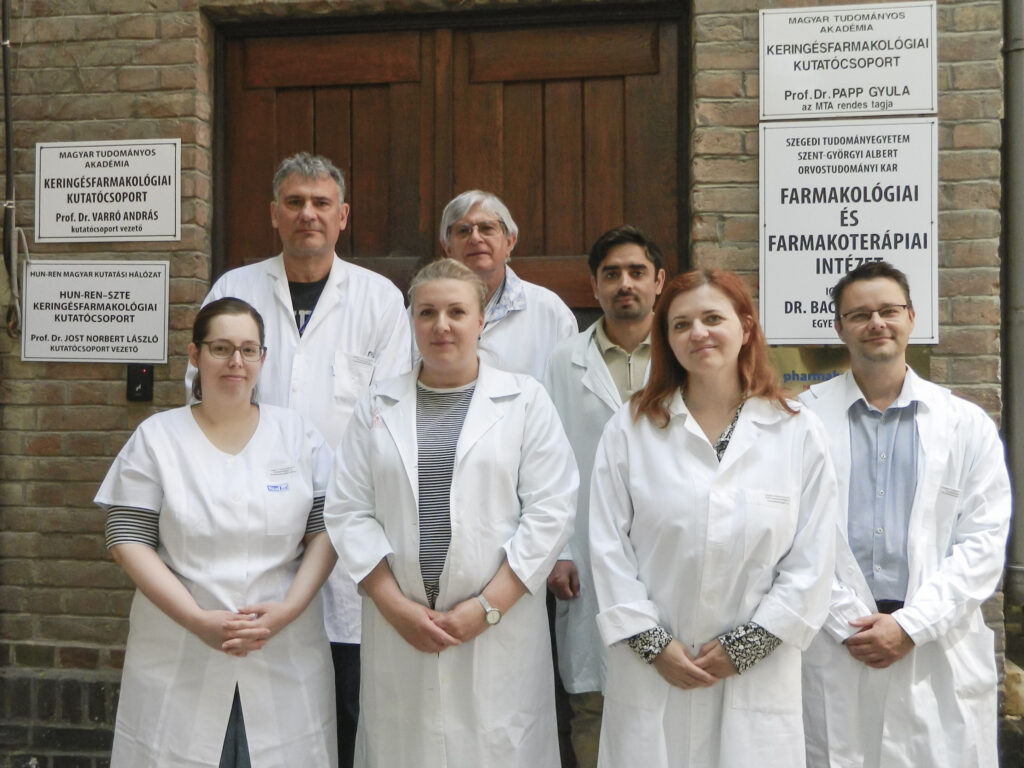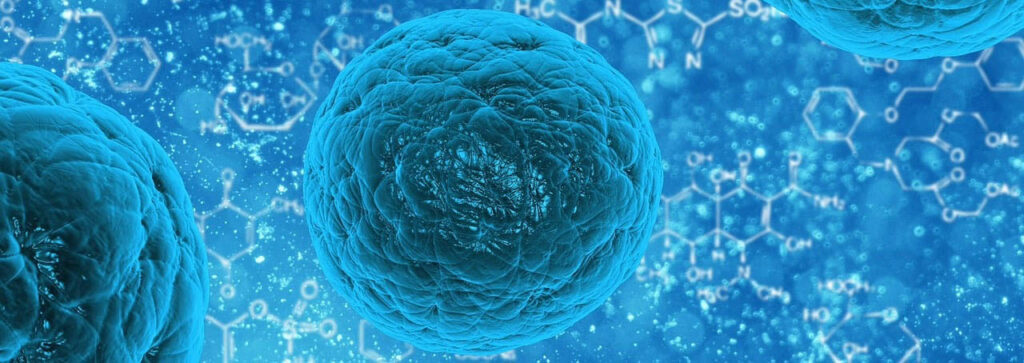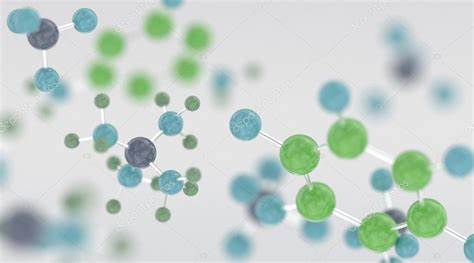Research leader name
Dr. ANDRÁS VARRÓ
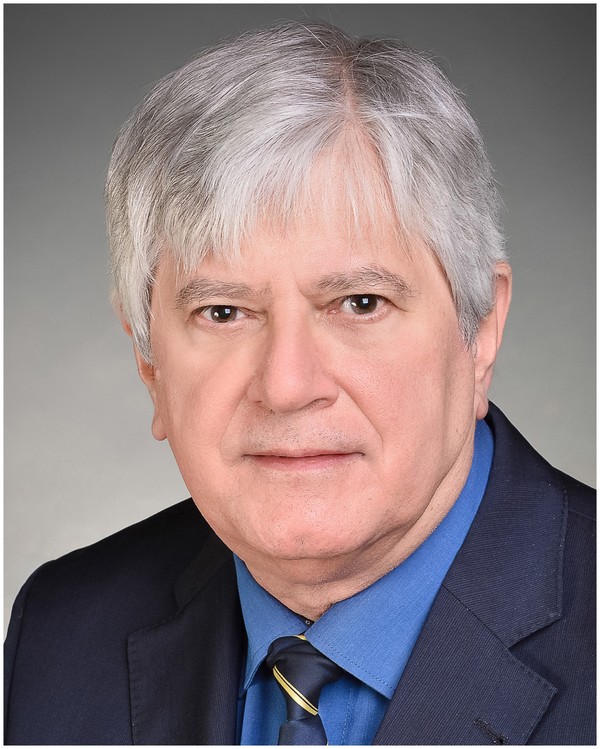
Research leader name
Dr. László Norbert Jost
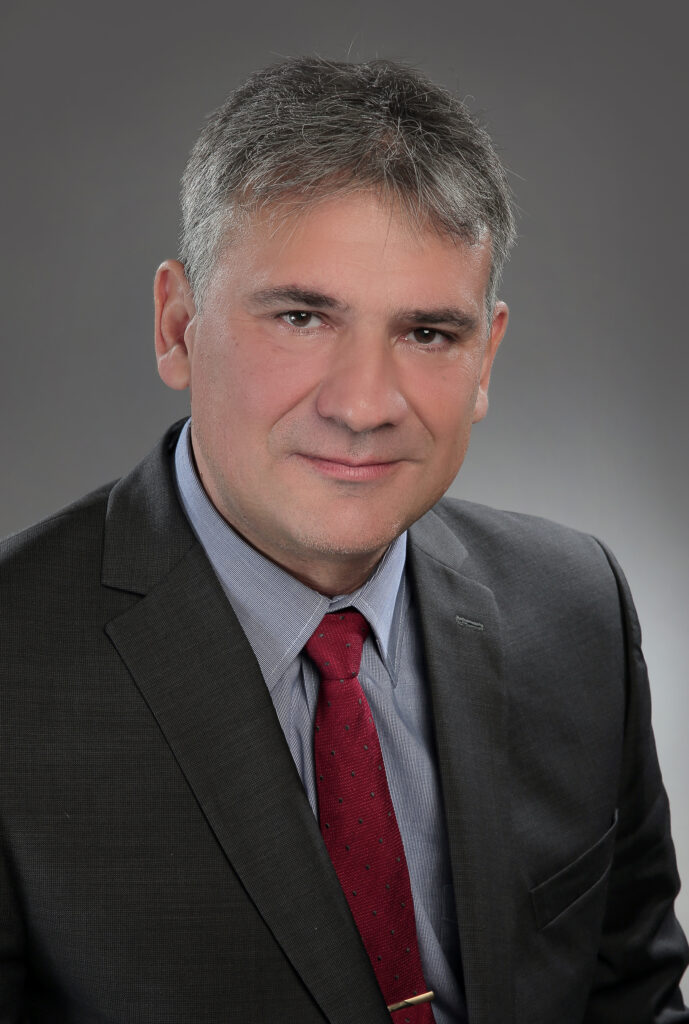
Downloads
The HUN-REN-SZTE Research Group Cardiovascular Pharmacology (former name: MTA-SZTE Research Group on Circulatory Pharmacology) started its activities in 1999 under the leadership of Gyula Papp (member of Hungarian Academy of Sciences). During the first two cycles (1999-2006), we mainly investigated the mechanism of action of drugs affecting cardiac Ca sensitivity and contributed to the development of a new type of cardio-vasoactive drug (levosimendan) a drug registered in 50 countries. In the third, fourth, fifth and sixth cycles (2007-2024), we continued and continue our research under the leadership of András Varró (DSc) and from 19th May 2024 by László Norbert Jost (DSc). During this period our research focused mainly in cellular electrophysiology and pharmacology, the results of which have been summarised in nearly 300 in extenso papers.
We have mainly carried out physio and pathophysiological studies on the electrophysiology of myocardial cells at the cellular and subcellular level. Our research has been focused on the myocardial action potential and its determinant transmembrane ionic currents, and within this, on the ionic current changes determining cardiac arrhythmias and their pharmacological (development of new effective antiarrhythmic drugs) potentials. During this time the research group has been involved in the development and patenting of several new potential antiarrhythmic compounds and drug candidates. Among these, dronedarone (TycosinTM) and tedisamil (PulziumTM) have become registered drugs for the treatment of atrial fibrillation (AF).
Electrophysiological methods have been used to investigate the role of IKr and IKs currents in repolarization in ventricular preparations from different mammalian hearts (human and canine). We found that selective inhibition of IKr current significantly lengthened in all species the action potential duration (APD) and the effective refractory period (ERP) a reverse frequency-dependent manner, thereby suggesting that IKr is the major repolarizing ventricular potassium current. We conclude that repolarization of human ventricular myocardial cells is over-protected, i.e. they have a strong “repolarization reserve”. When this repolarisation reserve is compromised for some reason (drug effects, remodelling due to heart disease, increased sympathetic activity, genetic abnormalities, etc.), otherwise low or moderate potassium channel inhibition can cause a strong and potentially proarrhythmic ventricular action potential stretch. We concluded that the significant action potential change (“electrical remodelling”) in atrial fibrillation (AF) is not only due to the previously known calcium (ICa) and inward rectifying potassium channels (IK1) but also to a significant remodelling of the function of the acetylcholine-sensitive potassium current (IK,ACh). Accordingly, we have formulated and partially validated the hypothesis that selective inhibitors of IK,ACh current may be effective antiarrhythmic drugs for the treatment of AF. Novel proprietary selective and potent sodium-calcium exchange (NCX) mechanism inhibitory molecules (e.g. ORM-1013, 10962, and GYKB-6635) molecules, we have clearly confirmed the hypothesis, previously proposed by others (Pogwizd and Bers) based on empirical calculations, that NCX inhibition has the ability to reduce early and delayed afterdepolarization potentials that function as arrhythmogenic triggers in certain types of arrhythmias.
During this period, more than twenty PhD and two DSc theses were defended under the leadership of senior researchers of the research group. In the present research group, there are four senior and postdoctoral researchers who have obtained their PhD and DSc doctoral degrees as members of the research group, which means that the HUN-REN-SZTE Research Group on Cardiovascular Pharmacology has been a real scientific school since its establishment.
